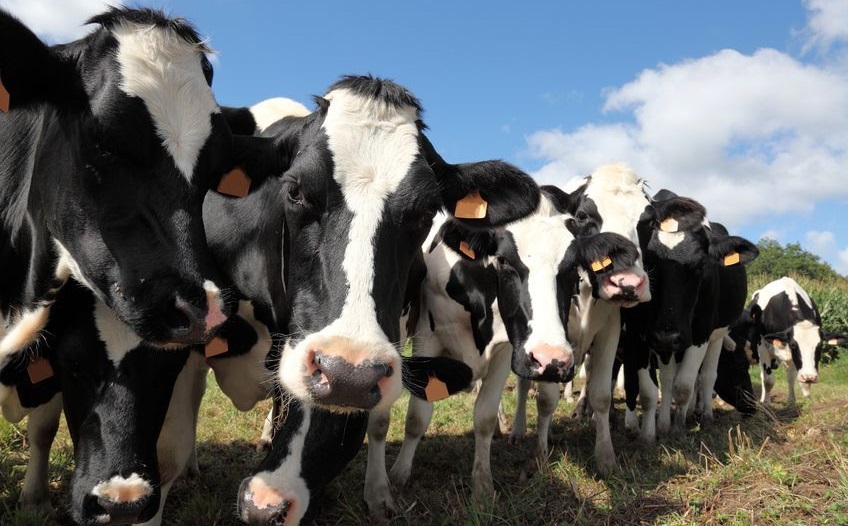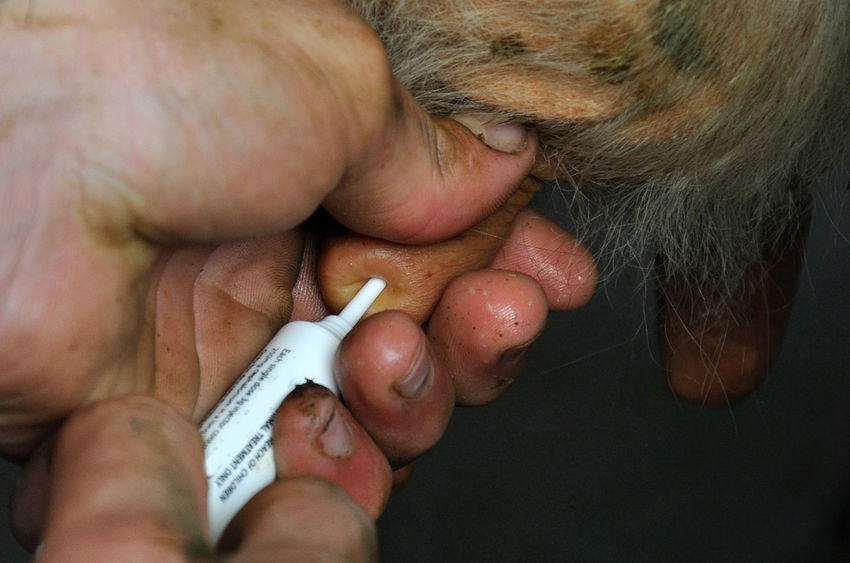
Nine in 10 dairy farmers participating in a new survey say that the farming industry must take a proactive lead in the battle against antibiotic resistance.
Those questioned in the Royal Association of British Dairy Farmers (RADBF) survey also think that over the next five years they could cut their own antibiotic use by almost a third in dry cow therapy and a fifth in clinical mastitis.
The survey of over 300 farmers, farm managers and farm workers last month in collaboration with the University of Bristol assessed attitudes to and use of antibiotics in dairy and beef farming.
It was carried out in the wake of the government-commissioned O’Neill Review on Antimicrobial Resistance (AMR) published earlier this year.
At a media briefing in London on Monday 3 October, Dr Kristen Reyher from the University of Bristol’s School of Veterinary Sciences expressed that, in analysing the results, her team was very encouraged that dairy farmers thought it possible to achieve a median reduction of 30% in antibiotic dry cow therapy use within the next five years.
'Encouraging farmers and vets to work close together'

Dr Reyher, senior lecturer in Farm Animal Science, said: "As well as this, reductions of 15% in antibiotic use to treat calf diseases – most probably pneumonia and calf scour, and 20% to treat clinical mastitis in milking cows are thought possible.
"Over the past six years the farm animal practice has reduced prescribing of these critical antimicrobials by almost 90%, using none in recent years.
"There are big gains to be made and the best way forward is to encourage farmers and vets to work closely together," Dr Reyher said.
RABDF Council member and dairy farmer, Di Wastenage said the findings indicated that some of the motivation to reduce may come down to the supply chain.
"Three-quarters of respondents in dairying said their milk purchaser was starting to ask about antibiotic use.
"Alongside this, 94% thought the sector needed to be seen to be ‘doing its bit’ to tackle the issue, and 86% agreed reductions needed to happen before they were forced to make them," she explained.
'Vets are crucial in this conversation'
Mrs Wastenage said the survey results would be fed into current farming industry initiatives to measure and reduce use of antibiotics, such as those being run by Responsible Use of Medicines in Agriculture Alliance (RUMA).
However, she said they also highlighted some important calls to action the RABDF itself would take forward, using its UK-wide reach and close connections with the wider dairy industry.
"Vets are also crucial in this conversation," added Mrs Wastenage, "the survey results indicate that there is space for vets to have greater input in this area.
"The survey also identified that 40% of respondents in the dairy sector were recording medicines use electronically in some form already.
"It should be possible to migrate these records to a central system – something that will help CHAWG in its current investigations on how to gather data on use"
Finally, Mrs Wastenage said there were opportunities to look at the role dairy consultants could play, to incorporate modules to support the reduction of antibiotic use into RABDF training programmes and to promote the concept to BTEC and other training providers.
"It’s clear there is very good awareness of the threat. Now is the time to think big and be ambitious.
"The activities suggested in the survey include selective dry cow therapy, better uptake of vaccination, use of fever tags and thermal imaging, along with improving ventilation, housing and system design, so it would be interesting to explore these in more detail.
"The challenge remains of how to make reductions without impacting welfare."
